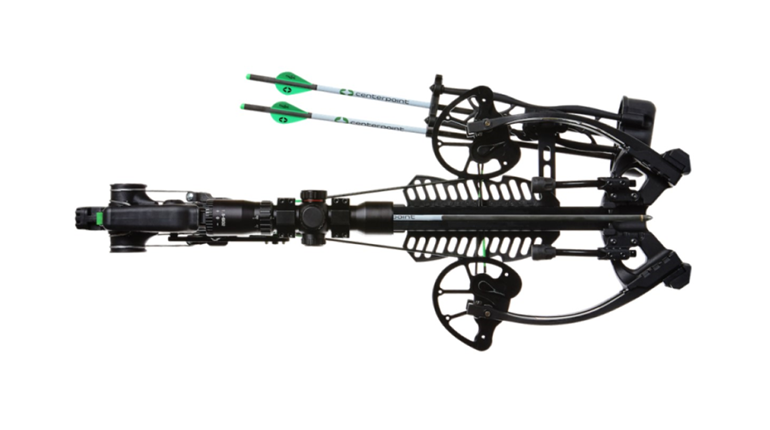
Generally speaking, the bigger the bat, the more potential energy it has. So many archers shoot the most powerful bow they possibly can. Yet often it’s to their detriment. You see, bows and arrows are like guns and bullets: If a bullet is perfectly placed, power matters little. And those that are slightly less powerful are generally easier to place perfectly.
Bow fit—draw weight and draw length—is even more important for hunters than target shooters. Targets do not see you struggling to draw and run off, nor can they be wounded. In order to shoot best, perfect technique and therefore perfect bow fit is critical. Here’s how to find it.
Draw Length
Measure your outstretched arms, middle fingertip to middle fingertip, then divide by 2.5. Adjust your bow to this length as a starting point. If you plan to shoot with a release aid, install a string loop and use your release to draw and anchor naturally. Maintain a slight bend at the elbow of your arm that holds the bow. At full draw, while looking at the bow’s sights, the nock point should be even with the corner of your mouth. Realize, though, it’s not uncommon to prefer a draw length that’s .25-.5 inch shorter than you first calculated.
For example, if your draw length is 29 inches, after experimenting you may find 28.5 inches to be ideal when you consider the awkward shooting positions encountered while hunting.
Draw Weight
Savvy archers realize it’s better to focus on technique than brute strength. Besides, on deer-sized game, penetration isn’t an issue. Furthermore, bowhunters don’t get the luxury of warming up.
For these reasons, hunters should find a comfortable draw weight then subtract 3-5 pounds. To determine your draw weight, sit in a chair, point the bow toward the ground between your legs and draw the string straight back, smoothly. If you must overly strain, turn your head or “sky” the bow by pointing it upward, its draw weight is too heavy. Your accuracy and stealth will increase by reducing draw weight until you can draw comfortably. Dial it down, and then back off another 3-5 pounds for your ideal hunting draw weight.



































